BPC-157, TB-500 10mg (Blend)
SKU
$115.00
BPC157 5mg, TB-500 5mg (10mg Total Blend)
Size: 10mg
Contents: BPC-157 5mg, TB-500 (thymosin beta 4) 5mg
Form: Lyophilized powder
Purity: >99%
Buy bpc 157 and tb 500 peptide blend
The combination of peptides BPC-157 and TB-500 has been shown in animal research to enhance recovery, protect against injury, boost joint flexibility, and accelerate the regenerative process. Their joint use is believed to be more effective than individual use. These peptides, naturally occurring in the GI tract, can potentially help inflammatory bowel syndrome, repair the GI tract, build new blood vessels, and speed up recovery.
Benefits also include aiding injury recovery, accelerating tissue repair, increasing muscle growth, enhancing brain health, and healing damaged organs, bones, and joints. Their healing effects interact with growth hormone in the healing process. No dangerous side effects have been reported yet, but the research is still ongoing. This peptide blend is currently only available for research and medical purposes from reputable vendors like USA Peptide Store.
Buy bpc 157 and tb 500 peptide blend. TB-500 and BPC-157 together offer powerful benefits, including enhanced wound repair and injury prevention, as research on animals has shown. Buy TB500 BPC157 here.
PRODUCT USAGE WARNING : This PRODUCT IS INTENDED AS A RESEARCH CHEMICAL ONLY. This designation allows the use of research chemicals strictly for in vitro testing and laboratory experimentation only. All product information available on this website is for educational purposes only. Bodily introduction of any kind into humans or animals is strictly forbidden by law. This product should only be handled by licensed, qualified professionals. This product is not a drug, food, or cosmetic and may not be misbranded, misused or mislabled as a drug, food or cosmetic.
Description
BUY BPC-157 TB-500 BLEND PEPTIDE FOR SALE ONLINE
BPC157 5mg, TB-500 5mg (10mg Total Blend)
BPC-157 & TB-500 Peptide Blend
BPC-157 and TB-500 peptides have been widely studied for their potential in wound healing and tissue repair, although research indicates that the compounds use different biochemical pathways to achieve this end. Researchers also hypothesize that the two molecules may exhibit synergistic effects in the healing process when exposed in combination. The synergistic effect of the blend may improve the overall flexibility and adjustability in the case of recurring injuries.
BPC-157 TB-500 Blend Peptide For Sale online only at USA Peptide Store where you can buy USA Research Peptides online. Shop over 100 research peptides online now for fast shipping and the best deal! Buy in bulk and Save! USA Peptide Store Your #1 Trusted USA Research Peptides Supplier.
If this product does not meet your needs or interests, you may want to look at Cerebrolysin 215mg/ml (10ml) and CJC-1295, GHRP-2 10mg (Blend). Please visit this link for further information on our Peptide Blends and Other Peptides
BPC-157 Specifications
OTHER KNOWN TITLES: BPC 157
MOLECULAR FORMULA: C62H98N16O22
MOLECULAR WEIGHT: 1419.5355 g/mol
SEQUENCE: L-Valine,glycyl-L-alpha-glutamyl-L-prolyl-L-prolyl-Lprolylglycyl-L-lysyl-L-prolyl-L-alanyl-L-alpha-aspartyl-L-alpha-aspartyl-L-alanylglycyl-L-leucyl-;glycyl-L-alpha-glutamyl-L-prolyl-L-prolyl-L-prolylglycyllysyl-L-prolyl-L-alanyl-L- alpha-aspartylL-alpha-aspartyl-L-alanylglycyl-L-leucyl-L-valine
PUBCHEM: CID 108101
RECONSTITUTION: Required
TB-500 Specifications
OTHER KNOWN TITLES: Thymosin Beta 4
MOLECULAR FORMULA: C212H350N56O78S
MOLECULAR WEIGHT: 4963.506 g/mol
SEQUENCE: Ac-Ser-Asp-Lys-Pro-Asp-Met-Ala-Glu-lle-GluLys-Phe-Asp-Lys-Ser-Lys-Leu-Lys-LysThr-Glu-Thr-Gin-Glu-Lys-Asn-Pro-Leu-Pro-Ser-Lys-GluThy-lleGlu-Gin-Glu-Lys-Gin-Ala-Gly-Glu-Ser
PUBCHEM: CID 16132341
CAS NUMBER: 77591-33-4
RECONSTITUTION: Required
BPC-157 & TB-500 Peptide Blend
BPC-157 Peptide, also known as Pentadecapeptide BPC-157, or Body Protection Compound 157, is a wholly synthetic peptide that is potentially linked to multiple cellular functions and is perceived to have significance in healing of experimental models of injury. It is speculated to engage with cellular communication routes, possibly affecting elements associated with rejuvenation and recuperation.
A few research studies hint that BPC-157 might also possess capabilities to encourage blood vessel formation and regulate inflammation-related activities. Moreover, experimental findings have posited that BPC-157 may aid in safeguarding and regenerating various cells and tissues. Overall, BPC-157 has been suggested in various studies to potentially help with healing joint, tendon, and muscle tissue, as well as nerve tissue.
TB-500 Peptide, also known as Synthetic thymosin beta-4, or TB-4, has been suggested by researchers to possibly assist in the healing process after injury, especially brain and neurological injury. Other TB-500 research has suggested it helps with wound healing and with hair growth. The peptide is a man-made variant of the thymosin beta-4 (Tβ4) peptide found naturally within the cells of the thymus organ, and encoded by the TMSB4X gene.
From research on thymosin beta-4, TB-500 appears to modulate cell movement, differentiation, and tissue healing. It is believed to engage with various cellular signaling routes to manifest its actions. Investigations further imply that TB-500 might encourage angiogenesis, as well as cellular and tissue renewal.
Both BPC-157 and TB-500 are synthetic polypeptides, where TB-500 is composed of 43 amino acids, and BPC-157 is composed of 15 amino acids.
Overview
Based on Tβ4 research, TB-500 has been suggested to exert potential action on cellular motility via elevating the levels of actin proteins. More specifically it has been posited to regulate the cellular actin-cytoskeleton and cellular migration by sequestering G-actin. TB-500 has a distinct amino acid segment [(17)LKKTETQ(23)] which is hypothesized to be responsible for actin binding and potentially enhancing cellular motility. This in turn may exhibit positive action on wound healing processes.
TB-500 also seems to amplify the presence of microRNA-146a (miR-146a), which may act as a repressive regulator for certain cellular signaling routes such as those related to the activity of two inflammation-related cytokines called L-1 receptor-linked kinase 1 (IRAK1) and tumor necrosis factor receptor-linked factor 6 (TRAF6). This suggestion was further insisted as a potential mechanism of TB-500 by the authors of the research study, who also commented that “transfection of anti-miR-146a nucleotides reversed the inhibitory effect of Tβ4 on IRAK1 and TRAF6.” Thus, TB-500 also appears to potentially work for healing by exerting anti-inflammatory action.
BPC-157 peptide has been suggested to exert some action via various processes encompassing nitric oxide production, control of cells pertinent to tissue restoration, growth elements, and inflammatory responses. It is conceivable that BPC-157 may exhibit some engagement with the NO mechanism, possibly providing a safeguard for the endothelium and perhaps encouraging angiogenic behaviors by fostering the development of new circulatory routes.
Researchers suggest there is a chance it may boost the expression of the early growth response 1 gene, which may play a role in producing cytokines and growth stimuli, and possibly aid in the initial assembly of the extracellular framework, inclusive of collagen. It is worth highlighting that BPC-157’s relation with nerve growth factor 1-A binding protein-2 may exert inhibitory action on specific elements. As a result, new tissues composed of collagen may be formed, thereby possibly enhancing the healing of wounds more rapidly.
As both TB-500 and BPC-157 peptides appear to exhibit similar pharmacological potential, when blended together, the potential action of both may be maximized – what would otherwise occur with one peptide, might occur at a better, faster rate when combined. Studies conducted in BPC-157 & TB-500 peptides suggest that the peptides may individually exhibit some potential for the following possible mechanisms of action:
- Possibly elevate angiogenesis – faster wound healing
- Possibly stimulate tendon, muscle, bone, and ligament healing
- Possibly reduce inflammation
- Possibly decrease pain levels
- Possibly induce tissue repair
BPC-157 & TB-500 Research
BPC-157 & TB-500 – RESEARCH IN CELLULAR MIGRATION
Fibroblasts and immune cells are considered crucial for the regulation and execution of successful healing of wounds. Both fibroblasts and immune cells appear to migrate to the site of tissue injury, whereby fibroblasts promote the formation of an extracellular matrix. The movement of these cells is considered dependent on the protein axin. Studies in the peptides suggest that BPC-157 and TB-500 may possibly influence wound healing through their regulation of the axin protein. BPC-157 has exhibited some potential in scientific research studies to promote the transcription of the axin gene and thereby increase the expression of the protein.
It appears to act at the gene level to increase actin production, whereas TB-500 is an actin-binding protein that appears to sequester actin in areas where its requirement is maximum for cell movement.
Researchers suggest that TB-500 may enhance the functionality of axin through associated action. Axin may be localized to those areas where it is most crucial to forming axin filaments, which are further required for fibroblast and immune cell migration. Thus, BPC-157 & TB-500 blend may possibly synergize to enhance the expression and function of actin and promote faster migration of cells to the areas of damage. Individually, TB-500 has long been advanced by researchers for its potential positive action following myocardial infarction.
This potential is due to its proposed involvement in cardiac muscle repair in injured tissues. It appears to reverse cardiac damage by increasing blood vessel growth in injured tissues and activating a cardiac response that may promote healing of the cardiac tissue after an event of myocardial infarction. TB-500 has also been suggested to help test subjects with cystic fibrosis due to its potential impact on sputum cohesivity, which has been observed to be decreased following TB-500 exposure. TB-500 may have a stimulatory action on myoblasts and myocytes.
Increased levels of TB-500 have been associated with reduced inflammation at the injury site, which may promote skeletal muscle regeneration after an injury. It also appears to relieve delayed onset muscle soreness, reduce inflammation, and improve tendon and muscle aches.
BPC-157 & TB-500 PEPTIDES AND WOUND RESEARCH
BPC-157 is also known as Body Protection Compound-157. This pentadecapeptide comprises 15 amino acids and is similar in structure to a naturally occurring peptide of the same name, mainly found in gastric juice. BPC-157 has been studied for its potential in tissue repair. Laboratory studies on murine models have reported the healing of a transacted Achilles tendon in the presence of elevated levels of BPC-157. BPC-157 has also been suggested to stimulate blood flow, modulate nitric oxide levels, and heal stomach ulcers and intestinal injuries.
BPC-157 may exert potential action by upregulating growth factors such as early growth response gene-1 (EGR-1). The interaction between BPC-157 and early EGR-1 appears to involve specific molecular mechanisms. In a study comparing the mechanism of action of BPC-157 with becaplermin (PDGF-BB), a peptide suggested for lower extremity ulcers, the expression of EGR-1 was investigated.
The study examined granulation tissue formation in sponge implantation in normoglycemic rats and healing of full-thickness excisional wounds in db/db genetically diabetic mice.
Both PDGF-BB and BPC-157 were observed to exhibit similar selectivity for stimulating granulation tissue in both models. However, BPC-157 may have greater potential in promoting early collagen organization, as suggested by the research teams. Additionally, the researchers speculated that BPC-157 may have induced the expression of EGR-1 and its repressor, nerve growth factor 1-A binding protein-2 (nab2), in non-differentiated Caco-2 cells more rapidly than PDGF-BB. EGR-1 is a gene that is considered to respond immediately and is potentially involved in the generation of cytokines and growth factors, as well as the early formation of extracellular matrix components like collagen. The apparent stimulation of EGR-1 expression by BPC-157 may suggest a hypothetical mechanism by which it may possibly improve wound healing.
There are also several proposed mechanisms regarding how TB-500 might potentially interact with wound healing. TB-500 introduction appears to influence cytokine production and accelerate wound healing in models of corneal wounds. After injury, TB-500 seems to enhance the expression of IL-1β and IL-6 mRNA in murine model corneas. Additionally, TB-500 presentation following alkali injury may reduce the expression of chemoattractants for polymorphonuclear neutrophils (PMNs), MIP-2, and KC in mouse corneas, possibly resulting in reduced PMN infiltration. Regarding inflammatory signaling pathways in the cornea, TB-500 might mediate NFκB inflammatory signaling pathways, which could have anti-inflammatory effects. It has also been suggested that TB-500 has anti-apoptotic properties.
Overexpression of TB-500 in cells appears to cause an increased growth rate, reduced basal apoptosis, and resistance to cell death-inducing factors. TB-500 may inhibit apoptosis in corneal epithelial cells by inhibiting caspases and suppressing the release of pro-apoptotic protein bcl-2 from mitochondria. The anti-apoptotic activity of TB-500 may involve the reduction of early cell death initiation signals and activation of the survival kinase Akt through complex formation with PINCH and integrin-linked kinase. TB-500 may exert an anti-apoptotic potential through multiple molecular pathways. However, it is important to note that these mechanisms are still speculative and require further research for validation.
BPC-157 & TB-500 PEPTIDES AND ANGIOGENIC ACTION
BPC-157 & TB-500 blend may exert healing potential due to a suggested angiogenic action. Several studies have attempted to shed light on the potential pro-angiogenic mechanism of BPC-157. BPC-157 appears to interact with the function of various growth factors, including vascular endothelial growth factor (VEGF). For example, one study using a chick chorioallantoic membrane (CAM) assay and an endothelial tube formation assay suggested that BPC-157 may have increased vessel density.
Moreover, the research team suggested that the peptide may have facilitated the recovery of blood flow in the ischemic muscle of the rat hind limb, as determined by laser Doppler scanning, indicating the compound’s potential to promote angiogenesis. Hypothetically, histological analysis of the hind limb muscle may have confirmed the increased number of vessels and possibly enhanced vascular expression of vascular endothelial growth factor receptor 2 (VEGFR2) with BPC-157 influence. Further investigations using vascular endothelial cells suggested that BPC-157 might have increased mRNA and protein expressions of VEGFR2, but not VEGF-A.
Additionally, BPC-157 possibly promoted the internalization of VEGFR2 in vascular endothelial cells. Furthermore, BPC-157 may have activated the VEGFR2-Akt-eNOS signaling pathway time-dependently. Therefore, it is posited that BPC-157 may exhibit pro-angiogenic action by potentially promoting the expression and internalization of VEGFR2 and potentially activating the VEGFR2-Akt-eNOS signaling pathway. The researchers concluded that “BPC 157 promotes VEGFR2 internalization in association with VEGFR2-Akt-eNOS activation.”
TB-500 may interact with angiogenesis through various molecular mechanisms.
In the context of critical limb ischemia (CLI) in murine models, TB-500 appears to have pro-angiogenic potential, as suggested by researchers. TB-500 overexpression lentiviral vector transfected umbilical vein endothelial cells (HUVEC) and murine CLI models. To understand the underlying mechanisms, inhibitors targeting the Notch pathway (DAPT) and NF-κB pathway (BMS) were also applied to HUVEC and murine CLI models. The potential of TB-500 on angiogenesis and migration was assessed using MTT assays for cell viability, tube formation assays for angiogenesis, and wound healing assays for the migratory ability of HUVEC.
Additionally, various molecular techniques, including Western blotting, reverse transcription, quantitative PCR, immunofluorescence, and immunohistochemistry, were utilized to examine the expression levels of angiogenesis-related factors and the Notch/NF-κB pathways-related factors. The results suggested that TB-500 not only potentially enhanced the viability, angiogenesis, and migratory ability of HUVEC but possibly also promoted the expression of angiopoietin-2 (Ang2), TEK receptor tyrosine kinase 2 (tie2), vascular endothelial growth factor A (VEGFA), NOTCH1 intracellular domain (N1ICD), Notch receptor 3 (Notch3), NF-κB, and phosphorylated (p)-p65 in HUVEC.
Moreover, TB-500 also appeared to have promoted the expression of CD31, α-smooth muscle actin (α-SMA), Ang2, tie2, VEGFA, N1ICD, and p-p65 in the muscle tissues of murine CLI models. Interestingly, the presentation of DAPT and BMS appeared to exert the opposite action to TB-500, suggesting that the Notch/NF-κB pathways may mediate TB-500’s proposed action on angiogenesis. Furthermore, TB-500 seemingly reversed the action of DAPT and BMS, which may support its role in regulating these pathways. The researchers commented, “The findings from the present study suggested that Tβ4 may promote angiogenesis […] via regulation of Notch/NF-κB pathways.”
BPC-157 & TB-500 PEPTIDES AND GROWTH HORMONES, SYNERGISM
Growth hormone may be a critical mediator in the synergism between BPC-157 and TB-500 when observed in the context of wound healing, as both molecules appear to interact with the growth hormone during the healing process. BPC-157 has been suggested by researchers to induce a higher production of growth hormone receptors on fibroblasts’ surfaces, possibly increasing the lifespan of these cells. This process, in turn, might promote the regeneration of soft tissues. On the other hand, TB-500 may improve the localization of actin and filament formation.
It appears to ensure that the actin reserve is well maintained for use by fibroblasts in their extended lifespans. Thus, BPC-157 & TB-500 blend, collagen, and growth hormones may potentially form an effective synergistic approach in tissue repair research.
Disclaimer: The products mentioned are not intended for human or animal consumption. Research chemicals are intended solely for laboratory experimentation and/or in-vitro testing. Bodily introduction of any sort is strictly prohibited by law. All purchases are limited to licensed researchers and/or qualified professionals. All information shared in this article is for educational purposes only.
Research and Clinical Studies
There are no research or clinical studies currently available where both TB-500 and BPC-157 were used in the same experiment or presented in combination, using the same test model. However, below listed are the studies observing the potential action of the individual peptides.
BPC-157 & TB-500 Blend and Tissue Repair
In one study with Tβ4 conducted in 1999, experimentally wounded murine models were used as subjects, where half the number of murine models were presented with saline and the rest were presented with TB-500 peptide. The main aim of this study was to determine the potential tissue repair action of the peptide. Four days after the experiment, it was reported by the researchers that the murine models presented with TB-500 showed an apparent 41% increment in the re-epithelialization process (i.e., formation of new epithelial cells to resurface the wound). After seven days, the wounds presented with TB-500 had reportedly contracted by at least 11% as compared to the saline wounds. The authors commented that “these results suggest that Tβ4 is a potent wound healing factor with multiple activities…”
In another 2006 clinical trial, 72 test subjects with pressure ulcers were presented with TB-500. The main aim of this randomized, double blind study was to establish the potential of thymosin beta 4 (analogous to TB-500) in ulcer presence. The test subjects were divided into two groups, where one group was presented with placebo for 84 days and the rest were presented daily with various concentrations of the peptide, for up to 84 days. After 84 days, there was an occurrence of wound healing process where the ulcers reportedly exhibited signs of healing.
In a BPC-157 study, three experimental murine models were used as subjects where all were experimentally wounded, with either acute or chronic wounds. These murine models were then divided into two groups, where one was presented with a placebo compound and the other was presented with BC-157 peptide. After the experiment, all the murine models were histologically examined, and it was determined that the murine models with BPC-157 exhibited a prominently higher number of collagen and blood vessels formed as compared to the placebo murine models.
BPC-157 & TB-500 Blend and Ligaments
In one study, the medial collateral ligament (MCL) of the murine models was transected (cut across) during surgery. All the murine models were then presented with a fibrin sealing agent, where some murine models were also presented with thymosin beta 4 (TB-500). Four weeks after the surgery, it was reported by the researchers that the healing tissues in the peptide murine models exhibited apparently evenly formed and spaced collagen cells.
The collagen cells formed in the peptide murine models were reportedly wider as compared to the control murine models. Furthermore, the mechanical properties of the regenerating tissues, including the femur-medial collateral ligament-tibia complexes, appeared to be improved in the TB-500 group compared to the control.
Another research article indicated that BPC-157 might play a role in aiding the recovery of connective tissues, potentially by promoting the growth of tendon explants. Interestingly, the study suggested that BPC-157 may possibly enhance the resilience of these cells in the face of oxidative stress. This outcome might be linked to the triggering of F-actin formation, as indicated by FITC-phalloidin staining. BPC-157 also appeared to enhance the in vitro movement of tendon fibroblasts as indicated by a transwell filter migration test.
Furthermore, BPC-157 appeared to hasten the dispersion of tendon fibroblasts across culture plates. Additionally, the study delved into the possible role of the FAK-paxillin pathway (a pair of focal adhesion-linked proteins that relay signals following integrins) in conveying the action of BPC-157. Western blot tests hinted that the phosphorylation rates of both FAK and paxillin seemed to rise with BPC 157, yet the overall protein quantities stayed constant.
BPC-157 & TB-500 Blend and Muscle
A study was conducted on murine models with experimentally injured gastrocnemius muscle complex. These murine models were initially presented with corticosteroids, which reportedly contributed to severe muscular damage in these murine models . These murine models were then divided into two groups, where one was presented with placebo and the other with BPC-157 daily for up to 14 days. After the experiment, it was reported that the BPC-157 murine models appeared to exhibit complete restoration of their gastric muscles along with full ability to function. Whereas, the placebo treated group did not exhibit any apparent change to the damaged muscles.
TB-500 may also have a potential effect on muscle cell regeneration, more specifically on cardiac muscle cells. One study suggests that TB-500 appears to bolster myocardial resilience in conditions of low oxygen, and seemingly fosters angiogenesis, possibly paving the way for cardiac cell repair. Researchers have hinted at a potential process where cardiac fibroblasts transition into cells resembling cardiomyocytes. In the end, the scholars observed that TB-500, when combined with cardiac reprogramming techniques, might collaboratively reduce potential harm to cardiac cells and foster its regeneration by activating inherent cells within the cardiac region.
An examination using murine models of coronary artery tying appeared to exhibit results which implied that TB-500 might elevate integrin-associated kinase (ILK) and protein kinase B operations in the heart, possibly boosting early cardiomyocyte endurance and seemingly enhancing heart performance. The experts also suggested that TB-500 might support the movement of myocardial and endothelial cells in the fetal heart and maintains this capability in mature cardiomyocytes.
BPC-157 & TB-500 Peptide Blend is available for research and laboratory purposes only. Please review and adhere to our Terms and Conditions before ordering.
Potential BPC-157 and TB-500 Synergy in Wound Repair
Research reveals that BPC-157 and TB-500, which both help to stimulate wound healing via different biochemical pathways, may have synergistic effects when combined together.
Cell Migration
Successful wound healing depends on fibroblasts, which regulate extracellular matrix production, as well as cells of the immune system. For these cells to do their jobs, they need to move to the location of injury. This movement, called migration, is heavily dependent the protein actin. Both BPC-157 and TB-500 are important in actin regulation. BPC-157 works at the level of the gene to increase actin production. TB-500, an actin binding protein, helps to sequester actin in areas where it is most useful for building filaments from actin to allow for cell movement. Together, BPC-157 and TB-500 work synergistically to increase the quantity and function of actin and thus increase the rate at which fibroblasts and cells of the immune system migrate to areas of injury.
The Big Picture Involves Growth Hormone
Both TB-500 and BPC-157 interact with growth hormone in the healing process. BPC-157 increases the expression of growth hormone receptors on fibroblasts, boosting the longevity of these cells and thus their ability to promote soft tissue regeneration. With TB-500 on board, the extra growth hormone receptors will not go to waste because the fibroblasts will have adequate stores of actin to make use of their elongated lifespans. Combining TB5-00, BPC-157, collagen, and a growth hormone secretagogue is a surefire way to increase rates of wound healing and may one day replace standard treatment regimens as the gold standard.
Buy Wholesale BPC-157 TB-500 Blend From USA Peptide Store
At USA Peptide Store, our research peptides are of the highest purity and pharmaceutical grade. Our BPC-157 TB-500 Blend Peptide comes in 10mg blend (BPC-157 5mg, TB-500 5mg). We’re passionate about our products, and we always strive to provide our customers with the best in both selection and quality. All of the products we provide are tested to verify authenticity and purity, so you can conduct your research with confidence.
Searching for BPC-157 TB-500 Blend Peptide for sale? Look no further! Our online peptide store offers a wide range of BPC-157 TB-500 Blend Peptide, perfect for your research needs. Whether you’re in the United States, Australia, Canada, Germany, Sweden, France, Turkey, Thailand, Italy, Netherlands or the United Kingdom, we have you covered. We provide fast and secure shipping to multiple countries, ensuring that you receive your order conveniently and on time. Purchase BPC-157 TB-500 Blend Peptide that are now available for sale and in stock. With our competitive prices and extensive inventory, you can trust us to be your reliable source for BPC-157, TB-500 10mg (Blend).
Want to learn more about our products or have a question about payment options? Our customer service team is here to help. So, what are you waiting for? order BPC-157 TB-500 Blend Peptide For Sale and experience first-hand quality service, prompt response and quick shipping. Stock up on the highest quality BPC-157 TB-500 Blend Peptide For Sale and more at USA Peptide Store today.
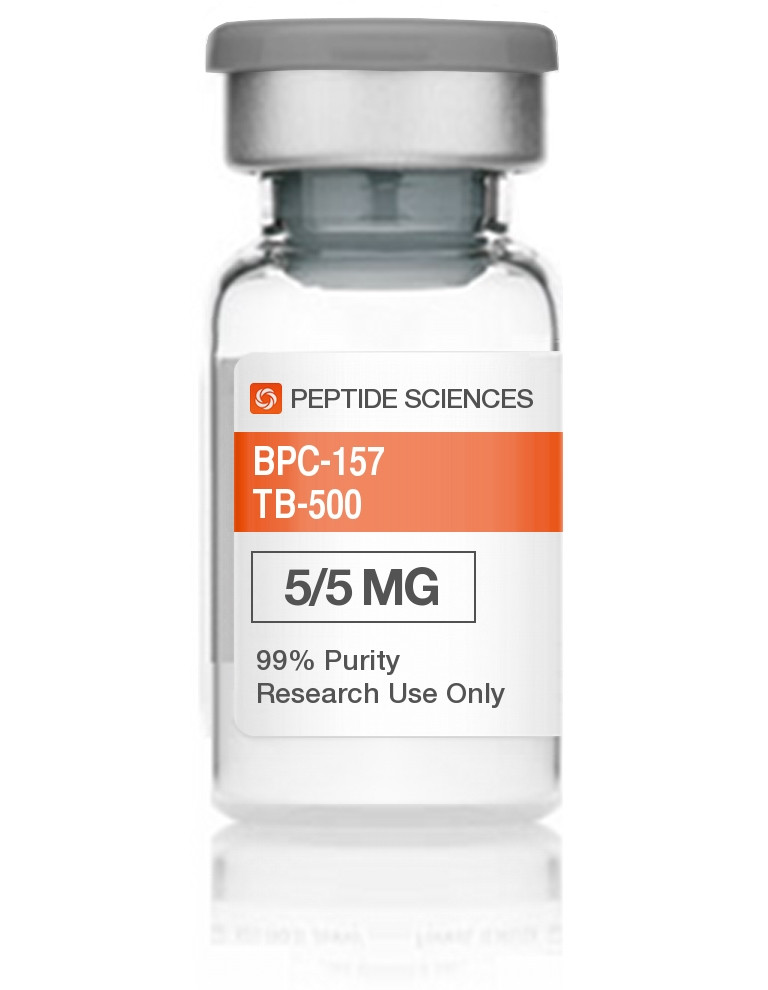
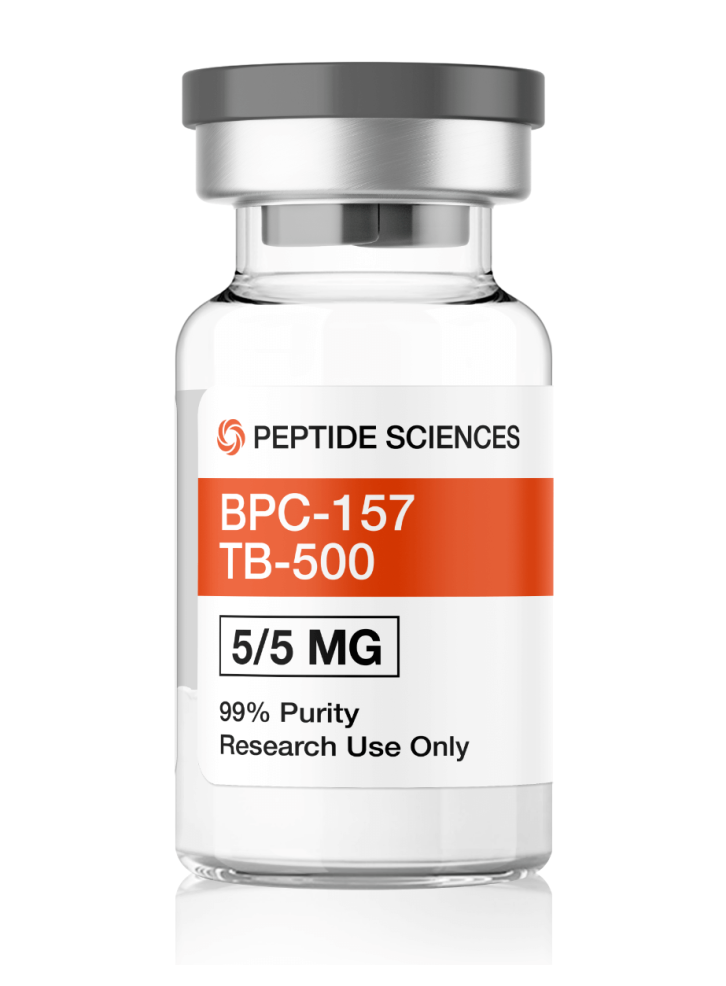
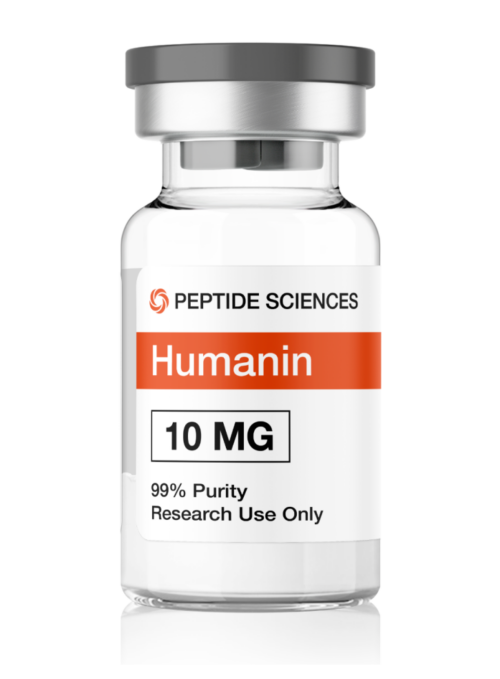
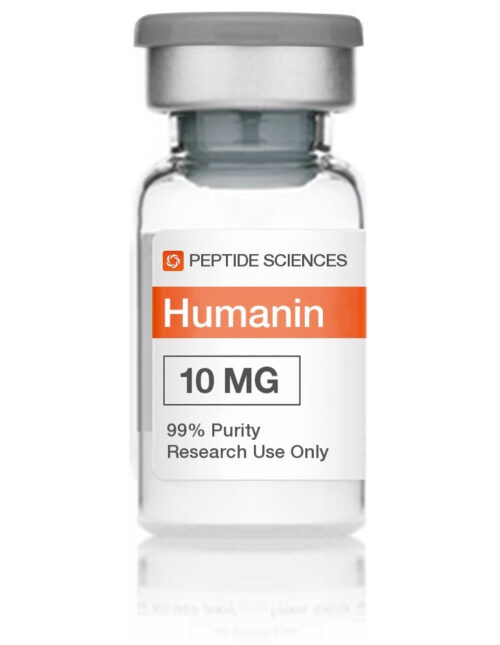
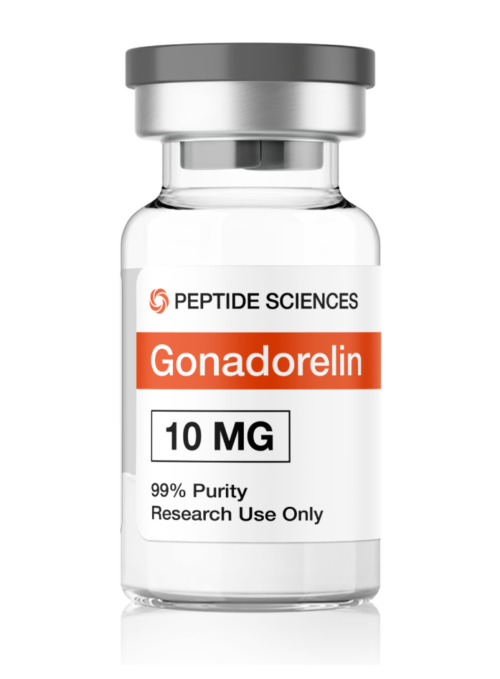
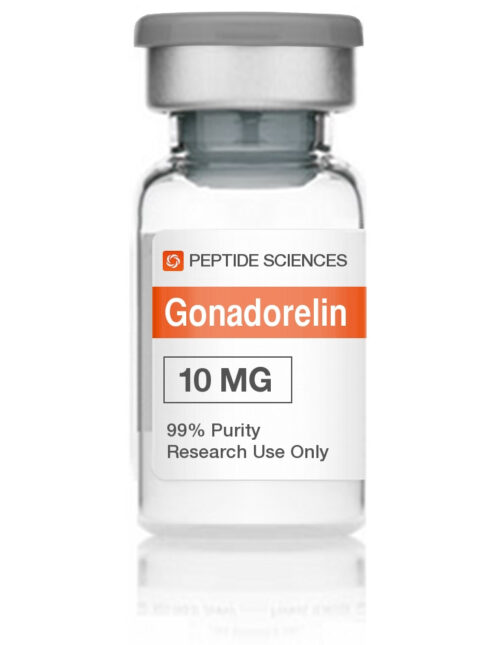
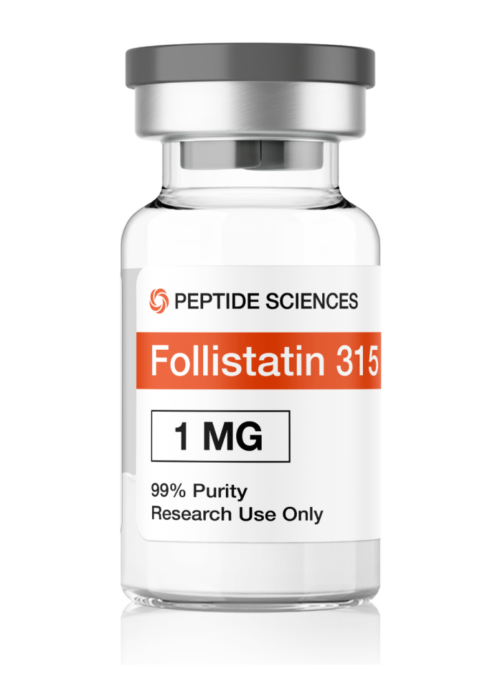
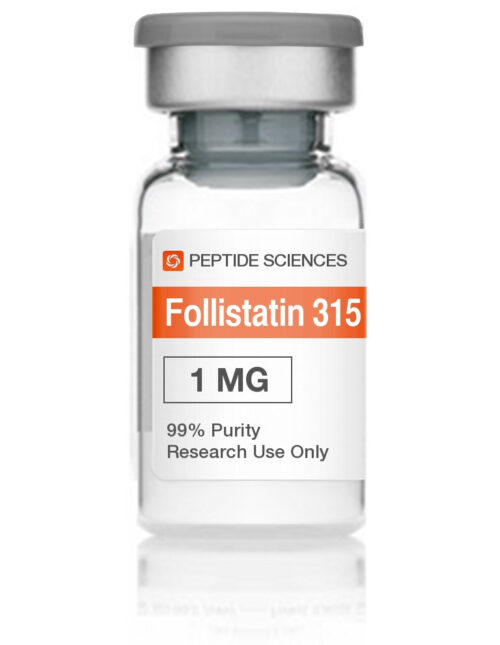
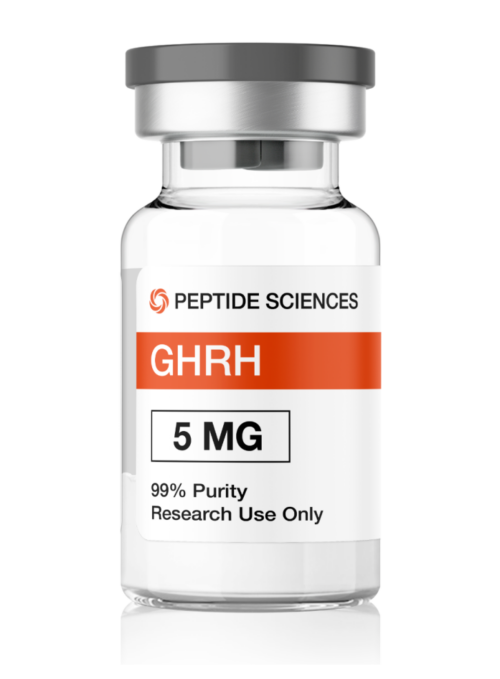
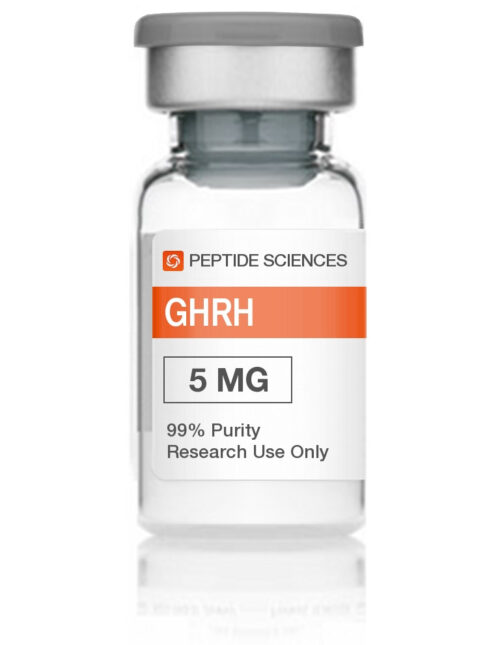
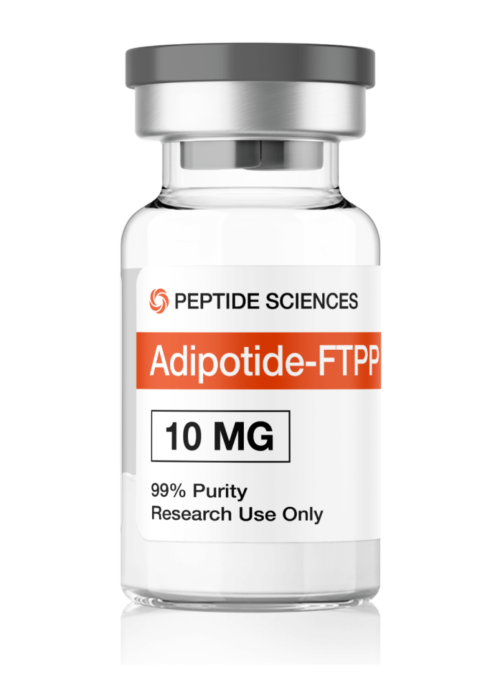
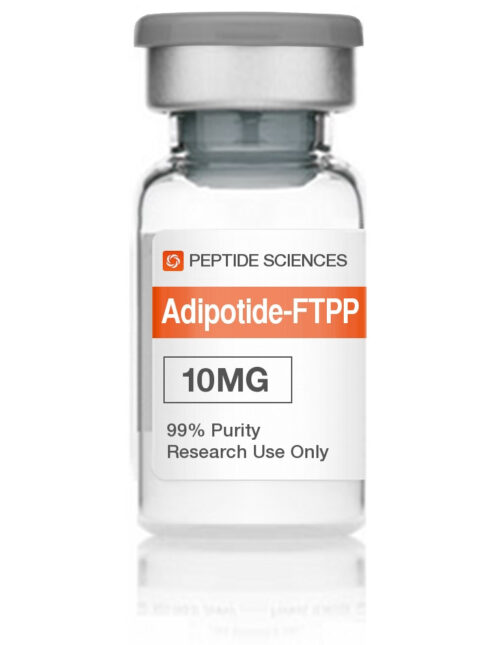
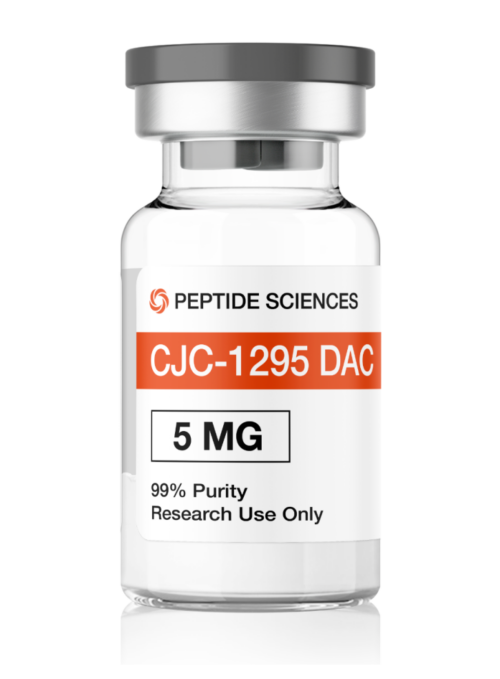
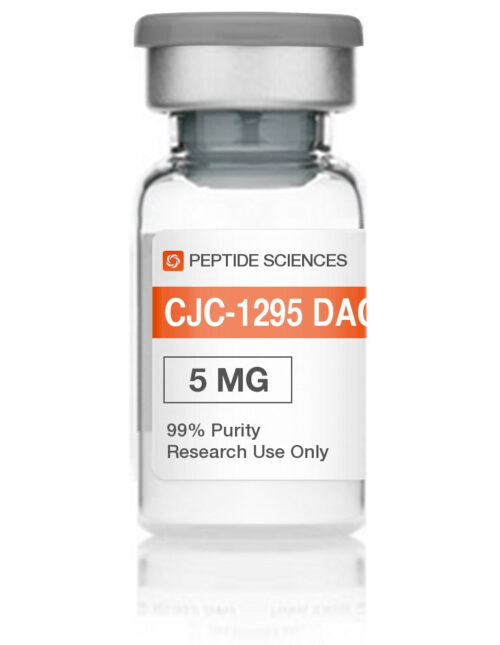
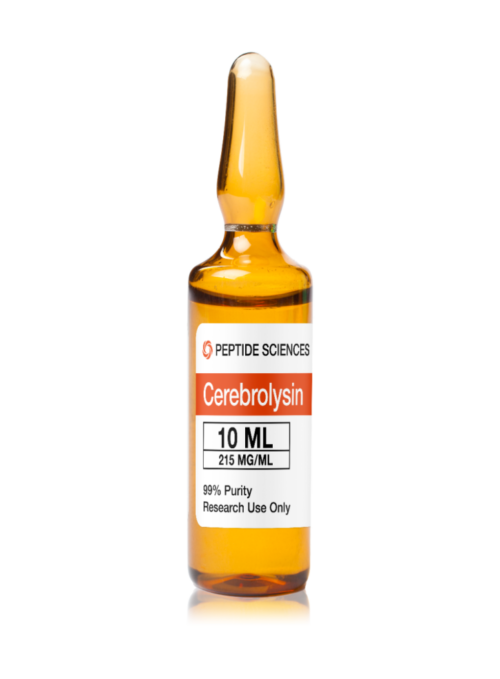
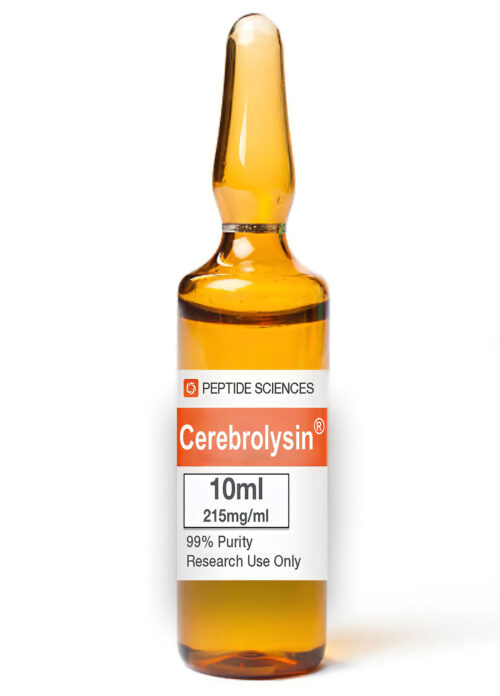
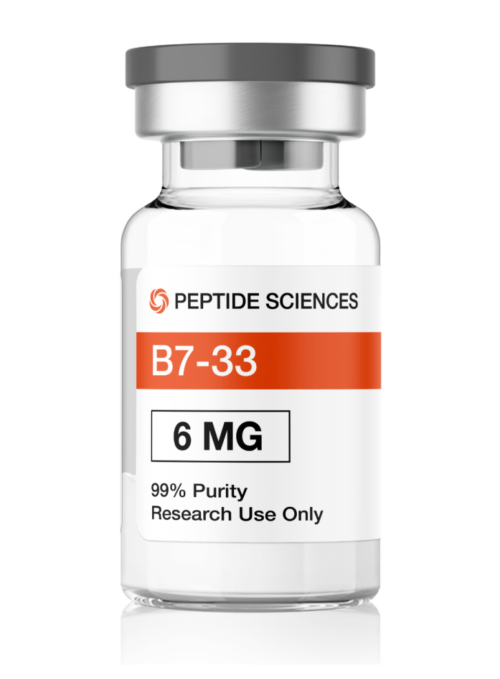
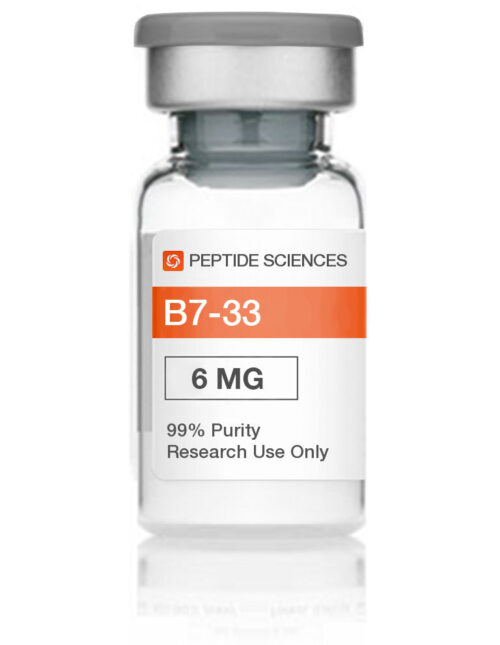

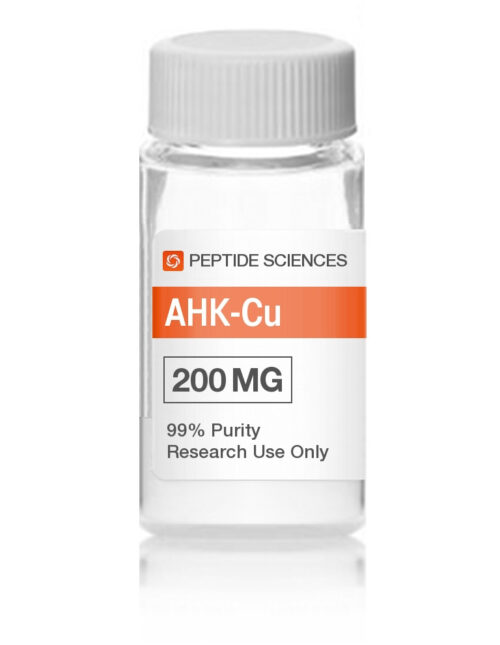
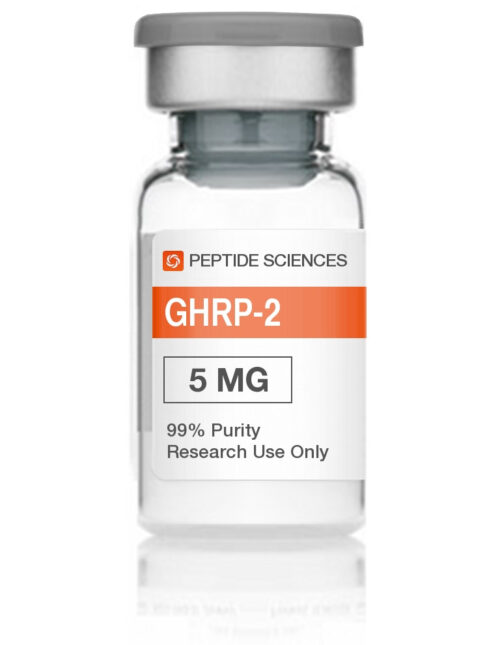
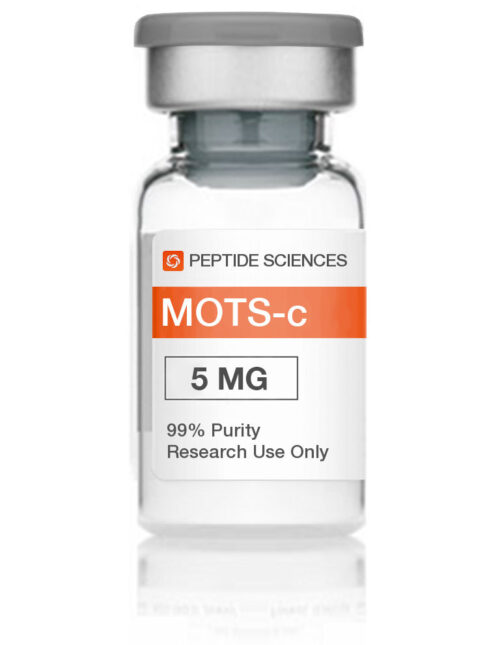
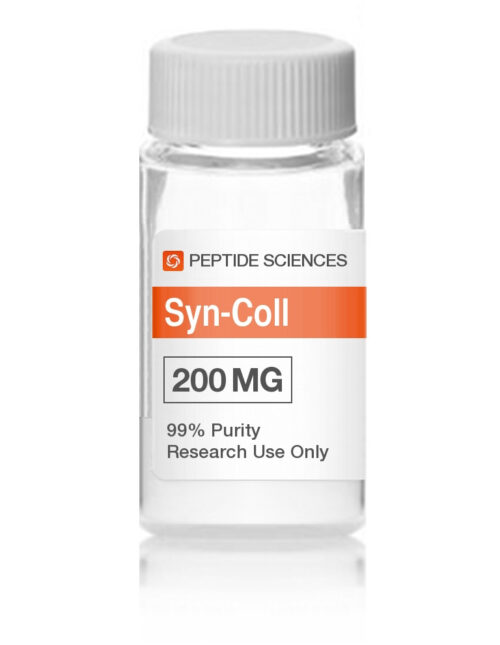

Reviews
There are no reviews yet.